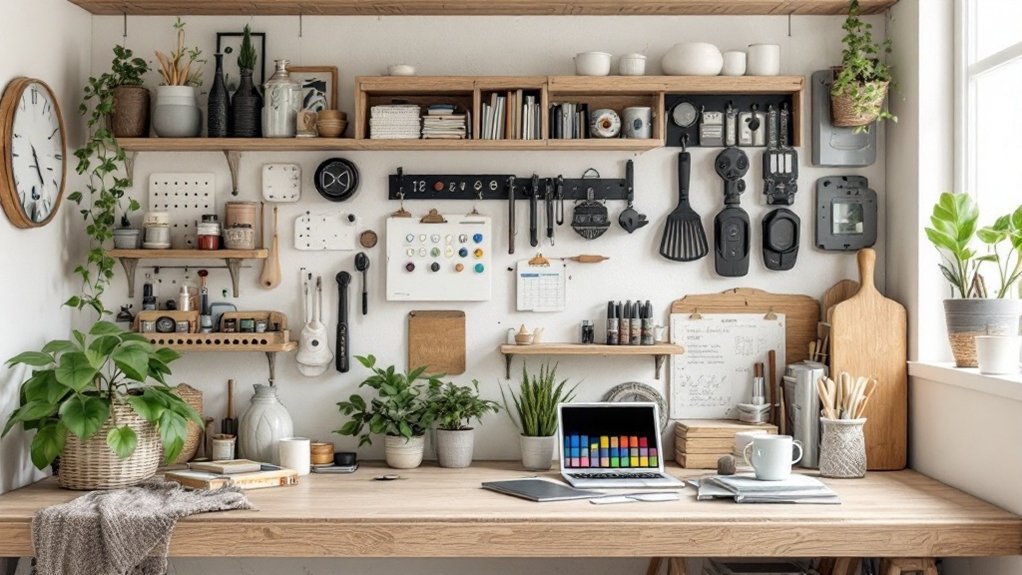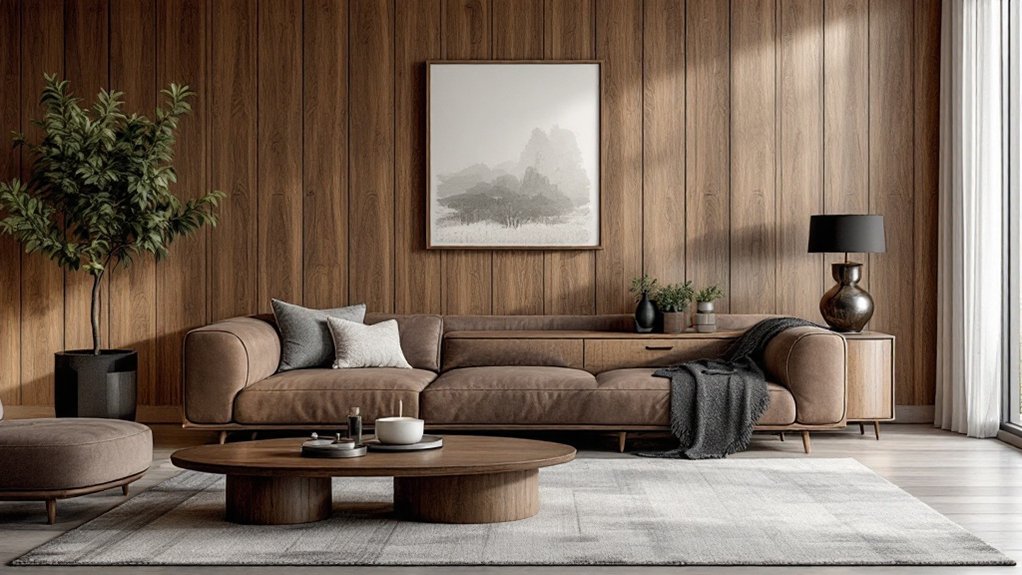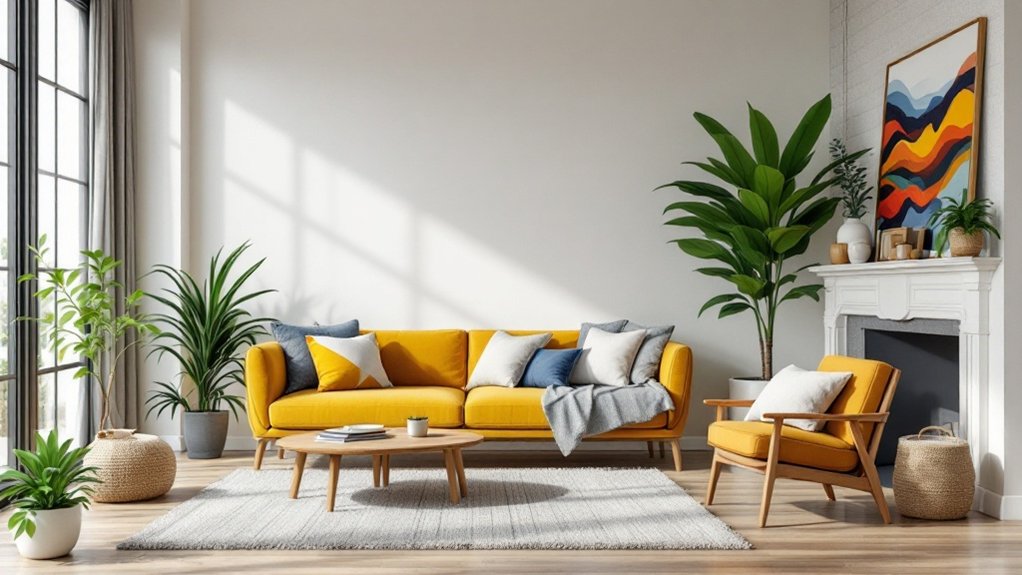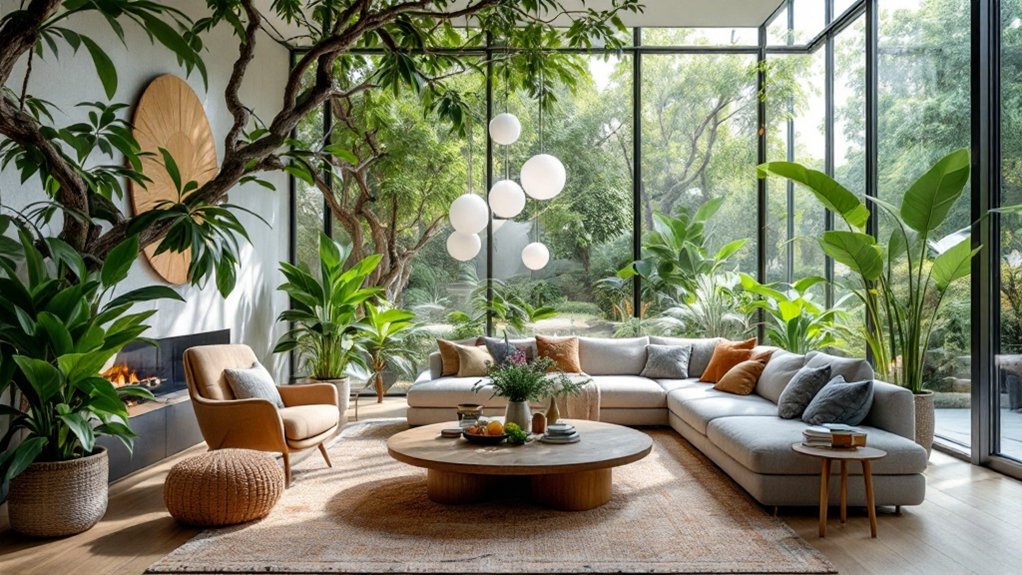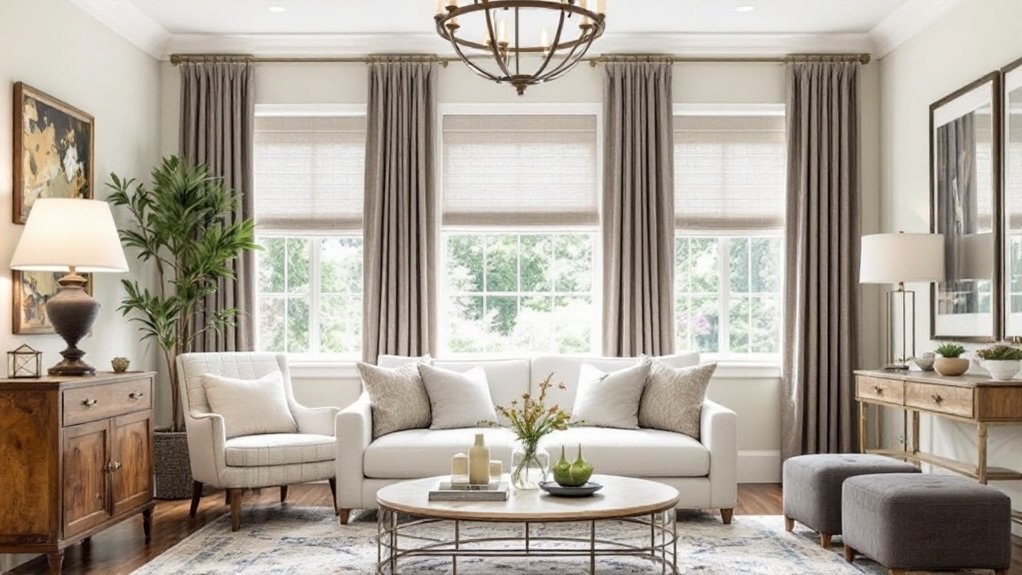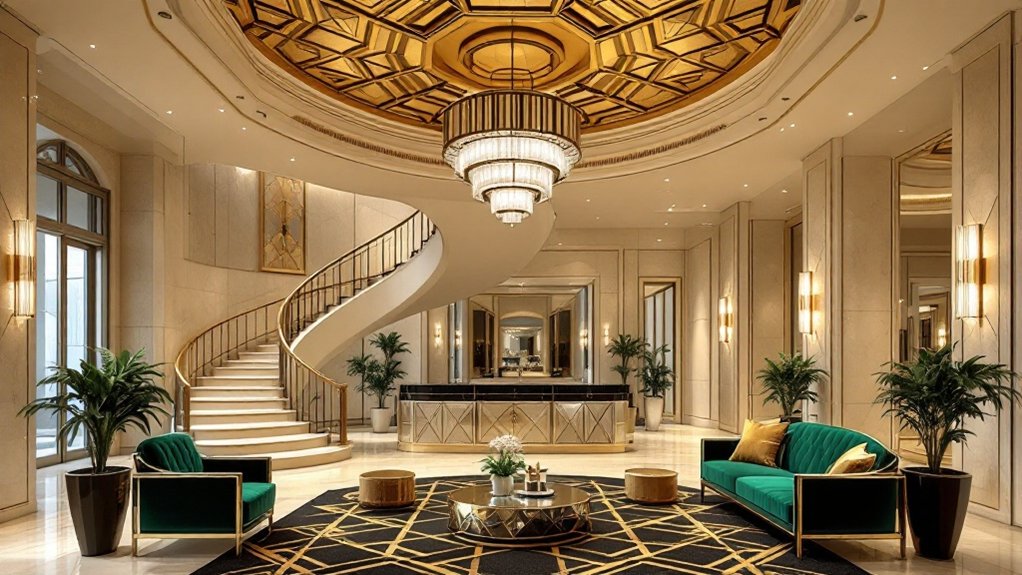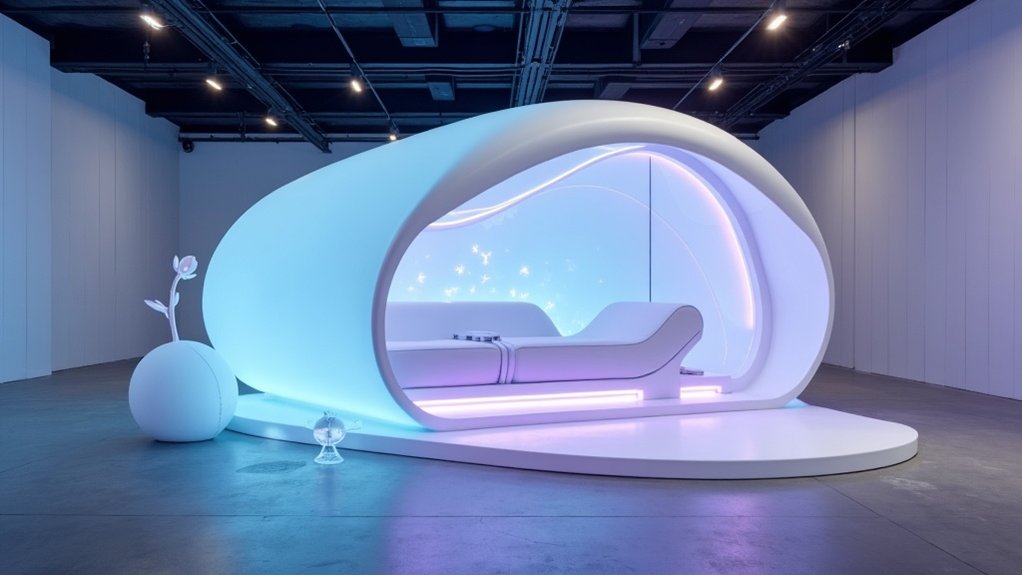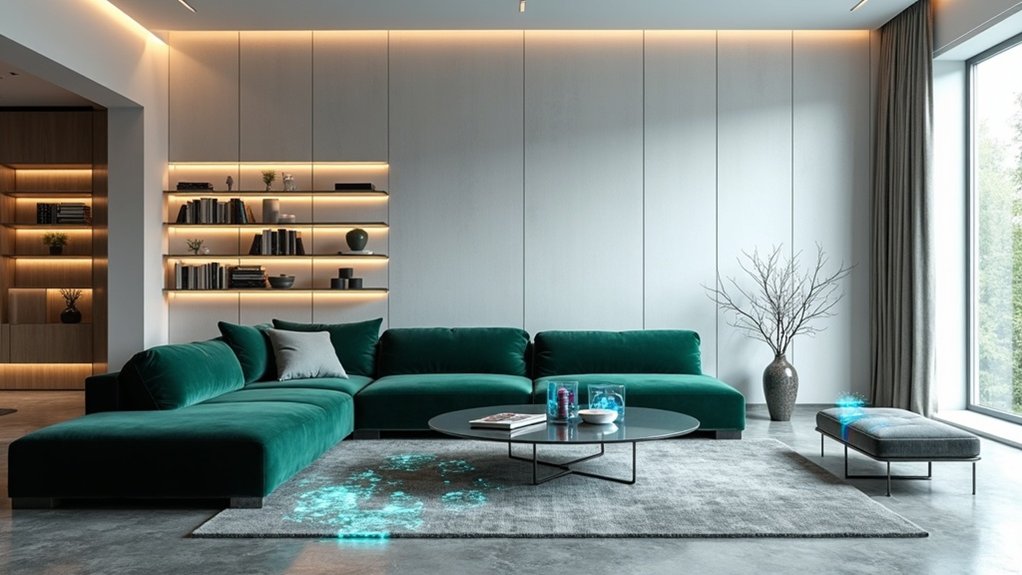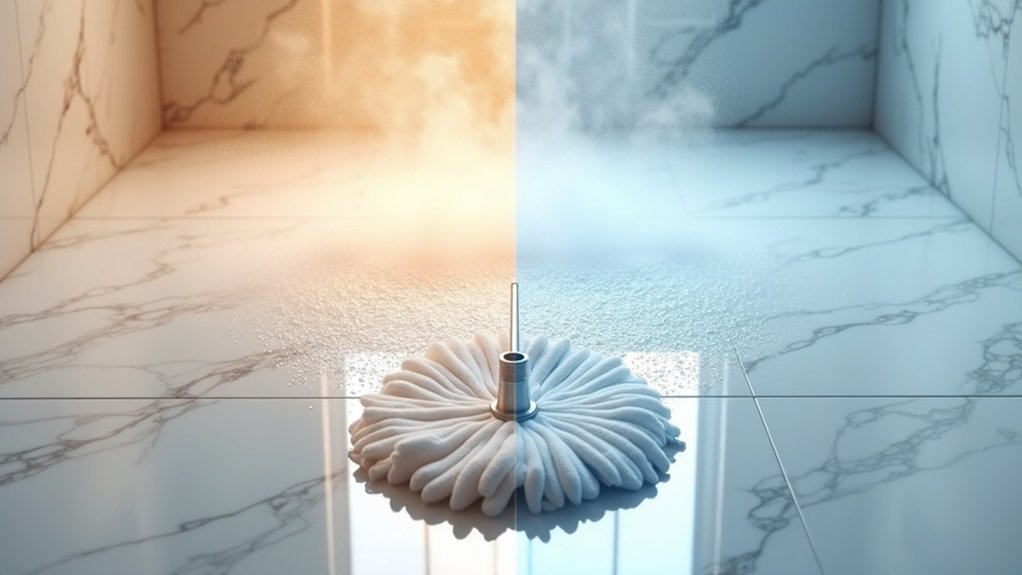Craft rooms have emerged as crucial components of modern homes, offering dedicated creative spaces that improve productivity and mental well-being. Research indicates that organized craft areas can save thousands of lifetime hours otherwise spent searching for supplies, while purpose-built workstations with modular storage and ergonomic features optimize both space and workflow efficiency. These versatile spaces serve multiple functions, from personal sanctuaries to collaborative workspaces, making them increasingly desirable in real estate and fundamental for those seeking to maximize their creative potential.
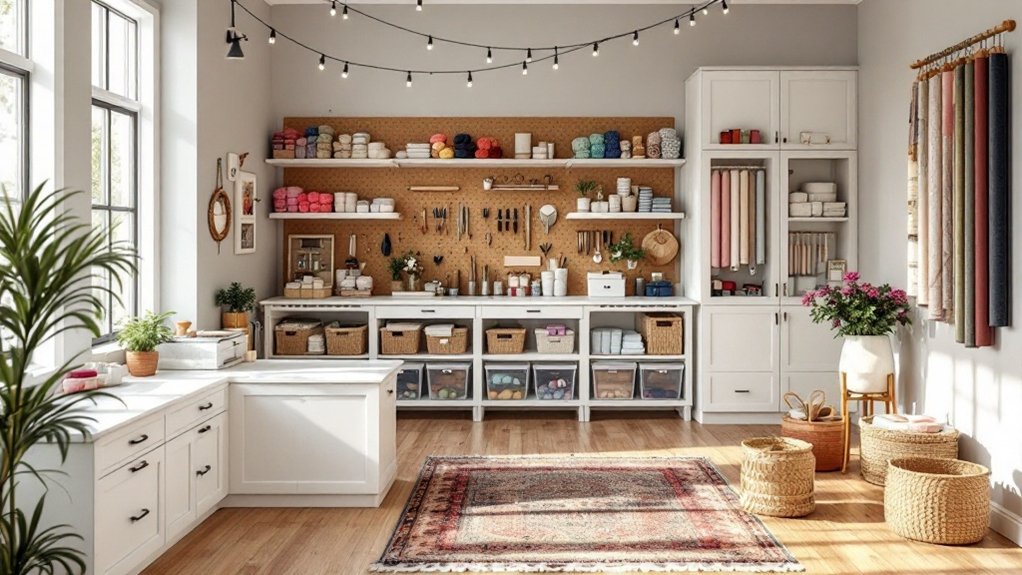
While many homeowners focus on traditional spaces like kitchens and living rooms, the craft room has emerged as a vital sanctuary for creative expression and mental well-being in modern homes. Research indicates that the average person loses approximately 3,680 hours in their lifetime searching for misplaced items, making organized creative spaces not just a luxury, but a practical necessity for maintaining productivity and peace of mind.
The impact of dedicated craft spaces extends beyond mere organization. Studies show that crafting in a well-designed environment significantly reduces stress levels and cortisol production, while disorganized spaces can have the opposite effect. Purpose-built workstations, complemented by vertical shelving and modular storage solutions, create an environment that supports sustained creative focus and project completion. This organized approach to crafting allows enthusiasts to save on purchases by maintaining better awareness of existing supplies and avoiding duplicate buying. Incorporating clear containers for smaller items enhances visibility and accessibility, making project planning more efficient.
Modern craft rooms represent a significant evolution in home design, incorporating sophisticated organizational systems that can reduce household chores by up to 40%. These spaces typically feature rolling carts, adjustable lighting, and ergonomic workstations that accommodate multiple creative pursuits, from sewing to digital art creation. The integration of color-coding systems and labeled storage further streamlines workflow, allowing crafters to transition seamlessly between projects.
The versatility of craft rooms has become particularly valuable in contemporary homes, where spaces must often serve multiple functions. These rooms can transform from individual creative sanctuaries to collaborative workspaces for family projects or social crafting sessions. The inclusion of tech-friendly features and modular furniture guarantees adaptability for various creative pursuits while maximizing available space.
In the current real estate market, dedicated craft spaces have become increasingly desirable features, reflecting a growing recognition of their role in supporting mental health and creative expression. These rooms serve as more than just storage areas for supplies; they represent personal studios where individuals can engage in regular mindfulness practices through creative activities.
With proper organization and thoughtful design, craft rooms provide a structured environment that not only improves productivity but likewise contributes to overall well-being and life satisfaction.
Frequently Asked Questions
How Much Does It Typically Cost to Convert a Room Into a Craft Room?
Converting a room into a craft space typically costs between $270 and $5,500, depending on the approach taken.
A basic DIY conversion using existing furniture and simple storage solutions represents the lower end, while an extensive renovation with insulation, electrical work, and custom storage falls on the higher end.
Key cost factors include whether professionals are hired, the extent of structural modifications needed, and the quality of storage solutions selected.
What's the Minimum Square Footage Needed for a Functional Craft Room?
A functional craft room can be created in as little as 35 square feet (5' x 7'), though 50-75 square feet is more typical for comfortable crafting spaces.
The minimum viable footprint requires smart space planning, with at least 18 inches of clearance between furniture pieces for safe navigation.
Even compact 6' x 6' spaces (36 square feet) can serve individual hobbyists effectively when equipped with space-saving solutions like fold-down desks and vertical storage systems.
Can a Craft Room Double as a Guest Bedroom?
A craft room can effectively double as a guest bedroom when properly designed with dual functionality in mind.
Strategic space-planning elements, such as Murphy beds, rolling storage carts, and wall-mounted organizers, allow for seamless transitions between crafting and hosting.
The key lies in incorporating multipurpose furniture and maintaining organized storage systems that can be quickly adapted, ensuring both creative pursuits and guest comfort remain uncompromised.
Which Craft Room Storage Solutions Work Best for Small Spaces?
In small spaces, vertical storage solutions prove most effective for craft room organization. Wall-mounted options like pegboards and floating shelves maximize vertical space while keeping supplies accessible.
Multi-functional furniture, particularly fold-down desks and rolling carts, offers flexibility without consuming precious floor area. Clear, stackable containers and over-the-door organizers further optimize limited space.
Strategic zoning, combined with regular decluttering, guarantees the area remains functional regardless of size constraints.
How Do You Maintain Proper Ventilation for Craft Projects Involving Chemicals?
Proper ventilation for craft projects involving chemicals requires a multi-layered approach to air quality management.
The primary focus should be on source control and active ventilation. Craftspeople should store VOC-containing materials in sealed cabinets, utilize non-toxic alternatives when possible, and guarantee adequate air exchange through open windows and exhaust fans.
Installing dedicated ventilation systems that duct directly outside, while maintaining a complete air exchange every 15 minutes, creates ideal conditions for chemical-based crafting.
